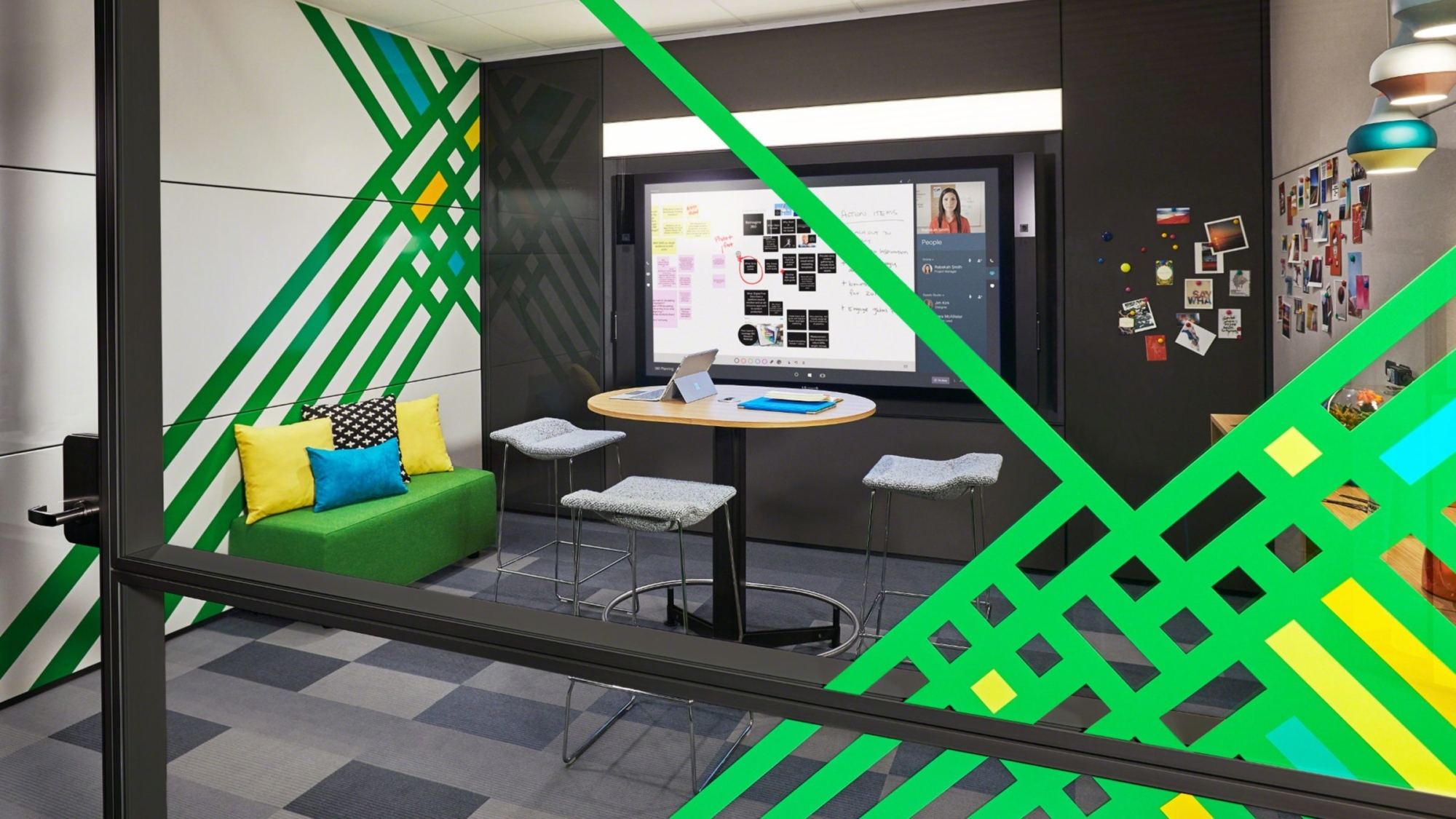Many people can’t wait to return to the office and work side-by-side with their colleagues again and organizations are taking every precaution to make sure workplaces are safe when people do come back. But what if these precautionary measures make the office interiors feel sad and even more isolating than working from home? Below are a few things organizations should consider when introducing a hybrid work style to their offices.
An Office Café
Can you have culture without coffee? You might be able to bring people together virtually to work on a problem, but you don’t get people bumping into each other, coming across diverse perspectives or walking around and seeing what’s going on in another meeting. With that in mind, Cafés are spaces that often sit empty most of the day because they are typically used just for dining, individual work or small meetings. By looking at underutilized spaces in new ways, cafes can be redesigned as social hubs that will inspire people and provide high-performing settings where they can reconnect with their colleagues, as well as collaborate effectively.

Braid The Digital And Physical Experience
There are three key factors to consider when creating a space: Equity, Engagement, and Ease.
Equity: How do we make this a great experience for people in the room and for people who are remote? Mobility is the key. People in the room should be able to move around while they take their screens with them. Angled conference tables help remote team members see everyone while those in the room can also see the screen.
Engagement: How can our space help us engage with one another? Movement increases brain activity so physically using tools like whiteboards or digital tools make it easier to co-create from afar.
Ease: How do you make space and technology easy to work with? You should be
able to walk in and join a session as simply as possible.

Setting Guardrails
Organizations should set clear expectations moving forward. While they must acknowledge the autonomy and flexibility employees are looking for, they also must set some guardrails. Too much choice can be overwhelming and stifling. Organizations should set parameters around hybrid work expectations and consider creating social contracts with their employees.
Safe & Connected
Culture, innovation and growth are exactly the things leaders globally are worried about. That’s why contrary to what we read a year ago about the office going away, the opposite has actually happened. Whether or not our future workplace is bigger, the same size or smaller, or is made up of an ecosystem that includes home, the places where we come together matter more now than they ever did because we have a year to make up for.
Receive our Newsletter
To receive our newsletter, including new editions of spaces and other digital content, fill out the form below:



